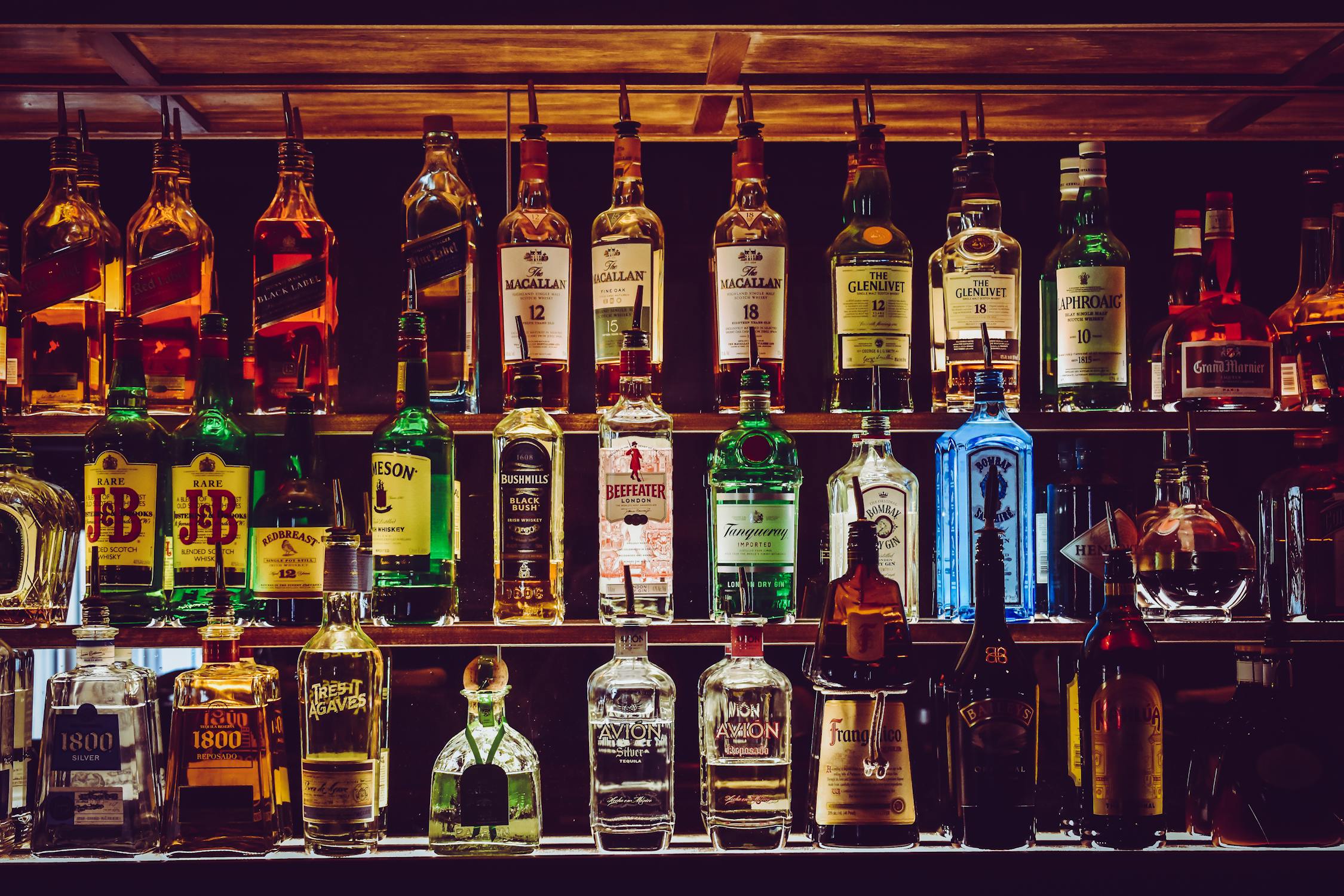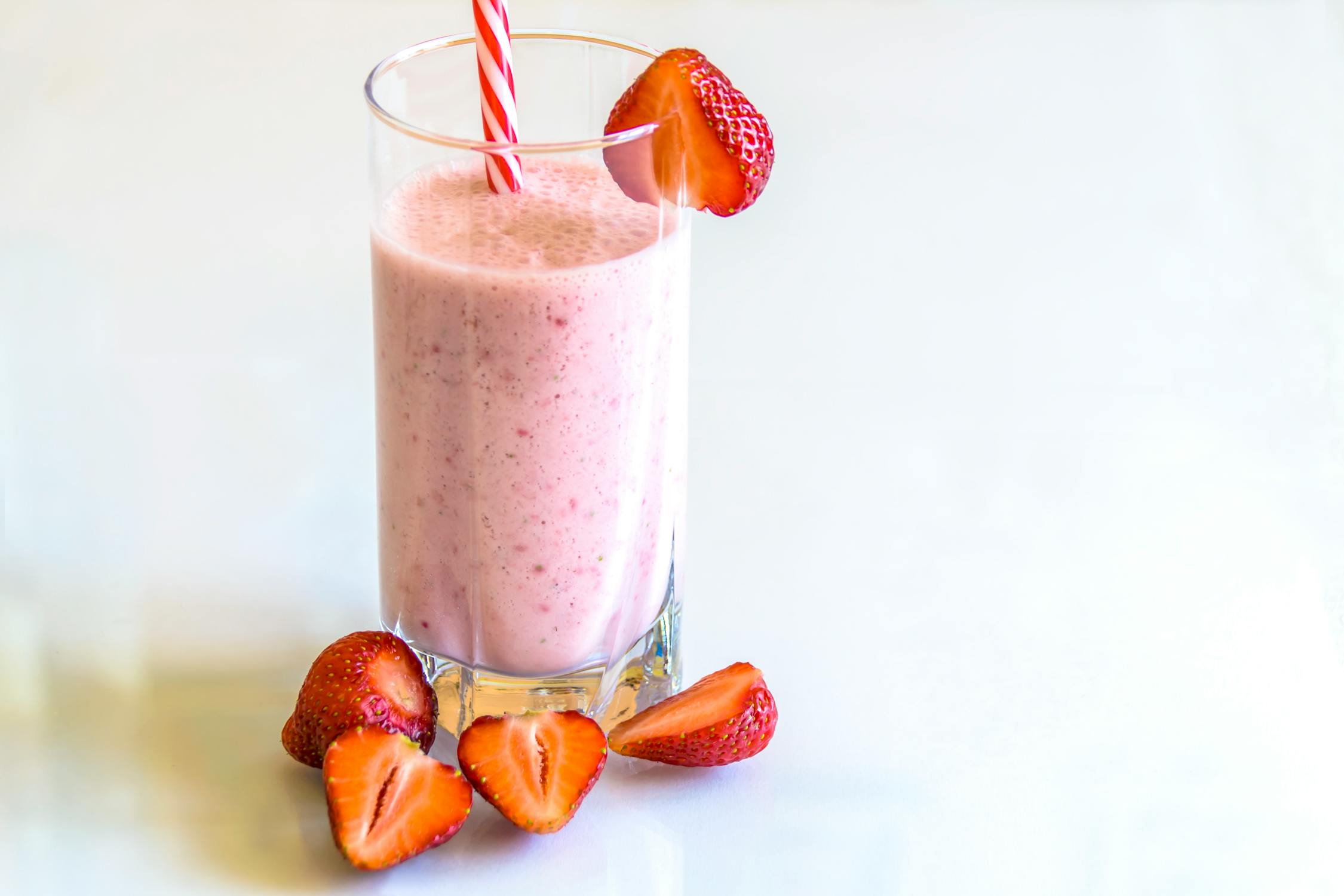The pursuit of a sculpted six-pack is a common fitness goal, symbolizing dedication and discipline. Yet, many find themselves hitting a plateau, often overlooking two significant culprits: alcohol consumption and late-night eating habits. While exercise is crucial, what you consume, and when, plays an equally vital role in revealing those coveted abdominal muscles.
This article will delve into the science behind how alcohol and late-night snacking can sabotage your six-pack aspirations. We’ll explore their impact on metabolism, hormone regulation, and overall body composition, providing you with actionable insights to navigate these challenges effectively. By understanding these influences, you can make informed choices that align with your fitness goals.
The Caloric Cost of Alcohol: Empty Calories and Metabolic Shifts
Alcohol is often referred to as “empty calories” because it provides significant energy (approximately 7 calories per gram) without offering essential nutrients like vitamins, minerals, or protein. These calories add up quickly, often unnoticed, contributing to a caloric surplus that can hinder fat loss.
Alcohol’s Metabolic Detour
When you consume alcohol, your body prioritizes its metabolism. The liver works to detoxify alcohol, converting it into acetate, which the body then uses for energy. This process temporarily suppresses the burning of fats and carbohydrates, meaning your body is less efficient at using stored fat for fuel. Instead, dietary fats and carbohydrates are more likely to be stored as body fat, particularly around the midsection.
Beyond Calories: Appetite and Nutrient Absorption
Beyond its direct caloric contribution, alcohol can also stimulate appetite and lower inhibitions, leading to poor food choices. Many people find themselves craving high-fat, high-sugar foods after drinking. Furthermore, chronic alcohol consumption can impair the absorption of vital nutrients, including B vitamins, which are crucial for energy metabolism and overall health.

Late-Night Eating: Timing, Type, and Hormonal Impact
The common belief that eating late at night automatically leads to fat gain is a simplification. While total daily caloric intake remains the primary driver of weight change, the timing and type of food consumed at night can significantly influence body composition and the visibility of your six-pack.
Circadian Rhythms and Digestion
Our bodies operate on a circadian rhythm, influencing various metabolic processes. Research suggests that our insulin sensitivity tends to be lower in the evening, meaning the body may not process carbohydrates as efficiently as it does earlier in the day. This can potentially lead to higher blood sugar levels and increased fat storage, especially if consuming large, high-glycemic meals.
“While the total caloric intake over 24 hours is paramount for weight management, emerging evidence suggests that meal timing, particularly late-night eating, can influence metabolic health and body composition due to its interaction with circadian rhythms.”
The Quality of Late-Night Choices
The issue with late-night eating often stems from the *types* of foods chosen. People tend to reach for highly palatable, calorie-dense snacks like chips, ice cream, or fast food, which are typically high in unhealthy fats, refined sugars, and sodium. These choices contribute to excess calories and provide minimal nutritional value, making it harder to maintain a caloric deficit necessary for fat loss.

Hormonal Havoc: Sleep, Stress, and Six-Packs
Both excessive alcohol consumption and late-night eating can disrupt sleep patterns, leading to hormonal imbalances that directly impact fat storage and muscle definition. Hormones like cortisol, growth hormone, leptin, and ghrelin play critical roles in metabolism and appetite regulation.
Sleep Deprivation and Fat Gain
Alcohol, while initially causing drowsiness, fragments sleep, reducing the quality of REM and deep sleep cycles. Similarly, eating a heavy meal close to bedtime can interfere with sleep due to digestive processes. Poor sleep increases cortisol, the “stress hormone,” which promotes abdominal fat storage and can break down muscle tissue. It also disrupts leptin (satiety hormone) and ghrelin (hunger hormone), leading to increased appetite and cravings for unhealthy foods.
Growth Hormone Suppression
Growth hormone (GH) is primarily released during deep sleep and is crucial for muscle repair, growth, and fat metabolism. Alcohol consumption significantly suppresses GH secretion. If your body isn’t producing enough GH, your ability to build and repair muscle, and to burn fat, is compromised, making a six-pack an elusive goal.
Muscle Recovery and Growth Impairment
Achieving a six-pack isn’t just about losing fat; it’s also about building and maintaining strong abdominal muscles. Alcohol and poor late-night nutrition can directly impede muscle recovery and growth, undermining your efforts in the gym.
Alcohol’s Effect on Protein Synthesis
Protein synthesis is the process by which your body builds new proteins, including muscle tissue. Studies indicate that alcohol consumption, particularly in large amounts, can inhibit protein synthesis, slowing down muscle repair and growth after exercise. This means your muscles aren’t recovering as efficiently, which can lead to reduced strength gains and slower progress towards muscle definition.
Inflammation and Recovery
Both excessive alcohol and inflammatory late-night foods (e.g., highly processed snacks) can increase systemic inflammation. Chronic inflammation can impair muscle recovery, reduce nutrient delivery to muscle cells, and contribute to overall fatigue, making it harder to stick to your training regimen and see results.
Practical Strategies for Success
Understanding the negative impacts is the first step; implementing practical strategies is the next. Here’s how you can mitigate the effects of alcohol and late-night eating to support your six-pack journey.
Mindful Consumption of Alcohol
- Moderation is Key: If you choose to drink, do so in moderation. For men, this typically means up to two drinks per day, and for women, up to one drink per day.
- Choose Wisely: Opt for lower-calorie alcoholic beverages like clear spirits with soda water, or light beer, over sugary cocktails or heavy craft beers.
- Hydrate: Alternate alcoholic drinks with water to stay hydrated and reduce overall consumption.
- Avoid Late-Night Drinks: Try to finish drinking several hours before bedtime to minimize sleep disruption.
Smart Snacking Alternatives
- Plan Ahead: If you know you get hungry at night, prepare healthy, portion-controlled snacks in advance.
- Prioritize Protein and Fiber: Choose snacks rich in protein and fiber to promote satiety and stabilize blood sugar. Examples include Greek yogurt, cottage cheese, a small handful of nuts, or vegetable sticks with hummus.
- Listen to Your Body: Distinguish between true hunger and emotional eating or boredom. If you’re not truly hungry, find alternative activities.
- Set a “Kitchen Closing Time”: Establish a time after which you stop eating, allowing your digestive system to rest before sleep.

Understanding Caloric Impact: A Quick Comparison
To illustrate the caloric density, here’s a simple comparison of common alcoholic beverages and late-night snacks versus healthier alternatives. These are approximate values and can vary.
| Item | Serving Size | Approx. Calories | Nutrient Density |
|---|---|---|---|
| Alcoholic Beverages | |||
| Standard Beer (5% ABV) | 12 oz (355 ml) | 150-200 | Low |
| Red Wine | 5 oz (147 ml) | 125-150 | Low |
| Vodka & Soda | 1.5 oz (44 ml) vodka | 95-100 | Very Low |
| Common Late-Night Snacks | |||
| Potato Chips | 1 oz (28g) | 150-160 | Low |
| Ice Cream | 1/2 cup (65g) | 130-250 | Low |
| Healthier Alternatives | |||
| Greek Yogurt (plain, non-fat) | 1 cup (227g) | 100-150 | High (Protein) |
| Apple Slices with Peanut Butter | 1 medium apple, 1 tbsp PB | 180-200 | Medium (Fiber, Healthy Fats) |
Beyond the Abs: Holistic Health Benefits
While the focus here is on achieving a six-pack, reducing alcohol intake and adopting healthier late-night eating habits offers a cascade of benefits that extend far beyond aesthetics. These include improved energy levels, better mood regulation, enhanced cognitive function, and a reduced risk of chronic diseases. A healthy lifestyle supports not just your physique, but your overall well-being.
Conclusion: Your Path to a Defined Core
Achieving a six-pack is a journey that requires a multi-faceted approach, where nutrition plays as crucial a role as exercise. Alcohol and late-night eating, particularly of unhealthy choices, can significantly impede your progress by adding empty calories, disrupting metabolism, throwing hormones out of balance, and hindering muscle recovery.
By being mindful of your alcohol consumption and making smarter choices about when and what you eat in the evening, you can create an environment within your body that is conducive to fat loss and muscle definition. Remember, consistency and patience are key. Small, sustainable changes over time will yield the most significant and lasting results.
Ready to Transform Your Habits?
What is one small change you can make this week regarding alcohol or late-night eating to get closer to your fitness goals?
For more insights into fitness nutrition and training, explore our other blog posts:
